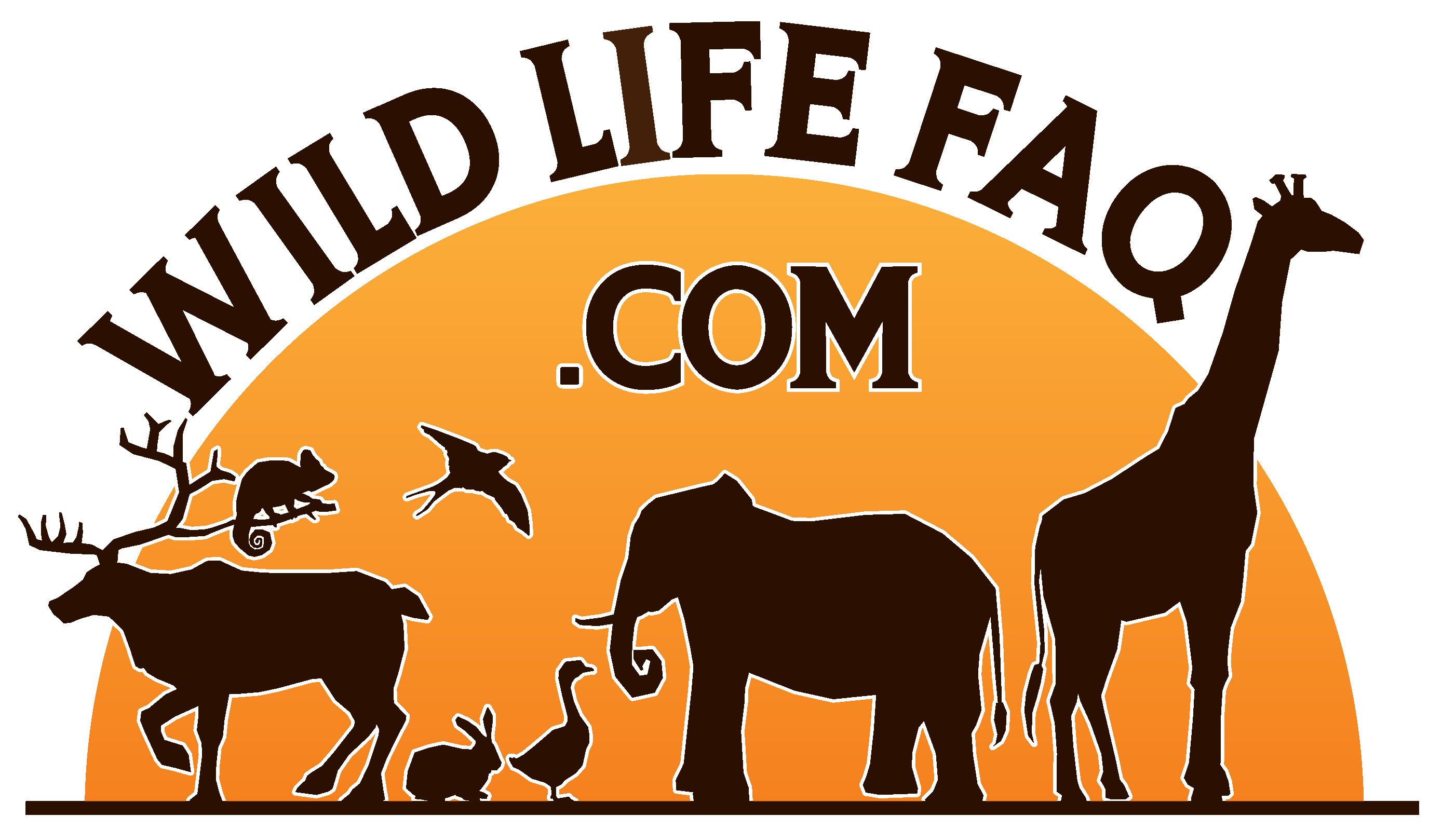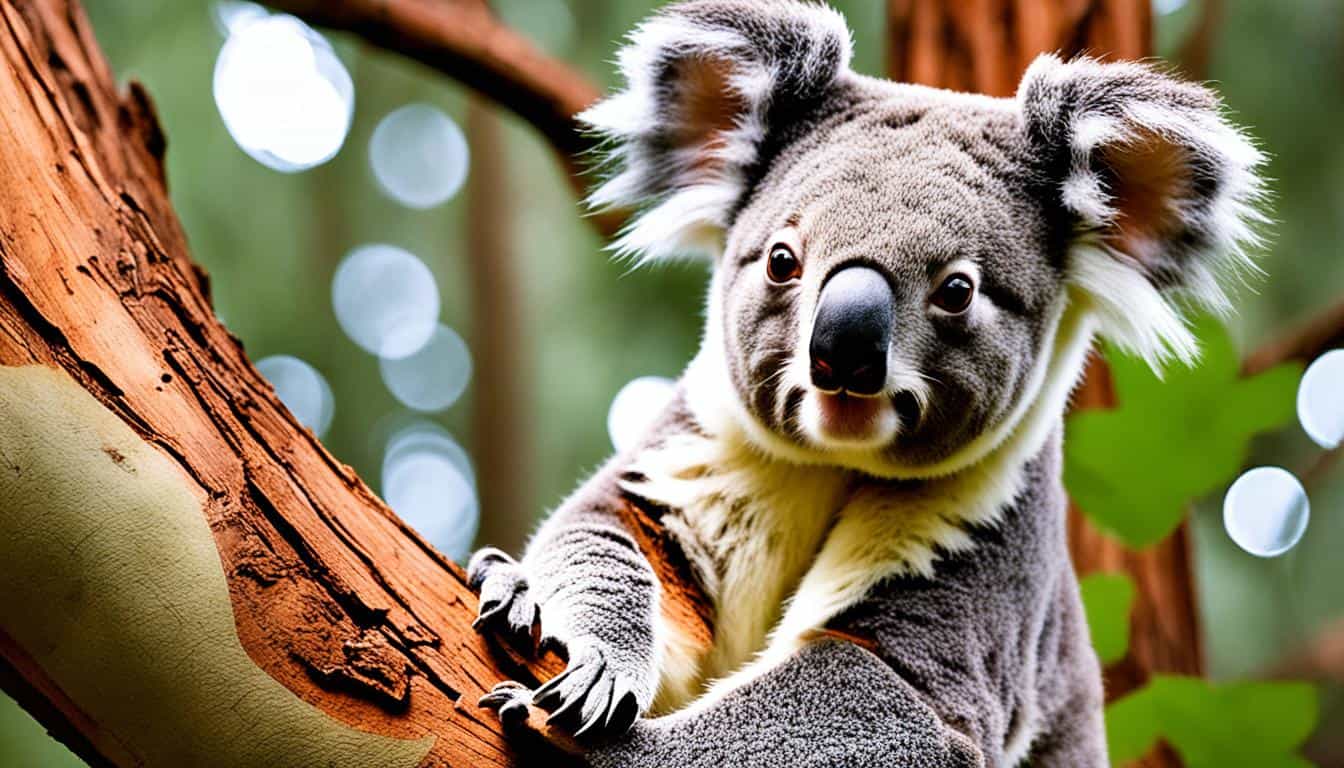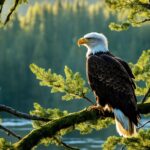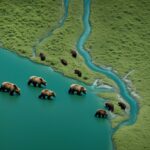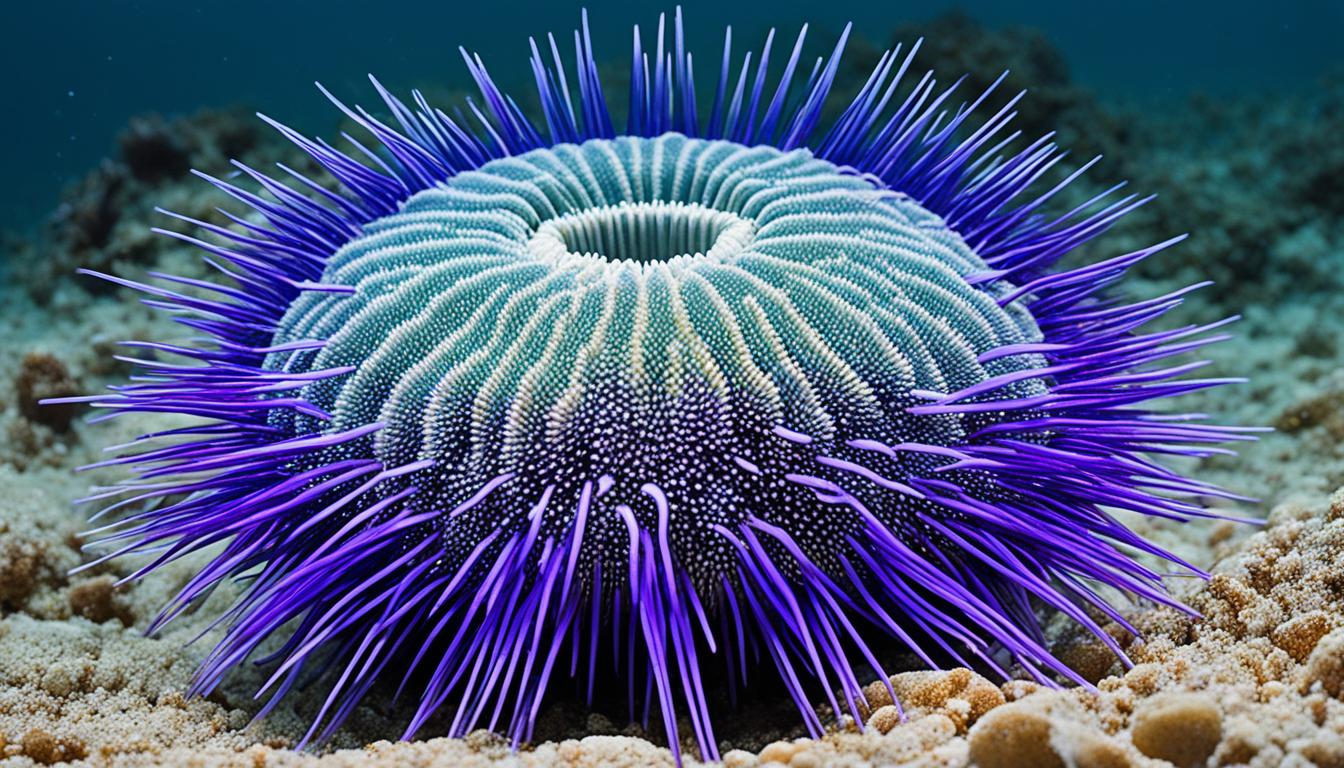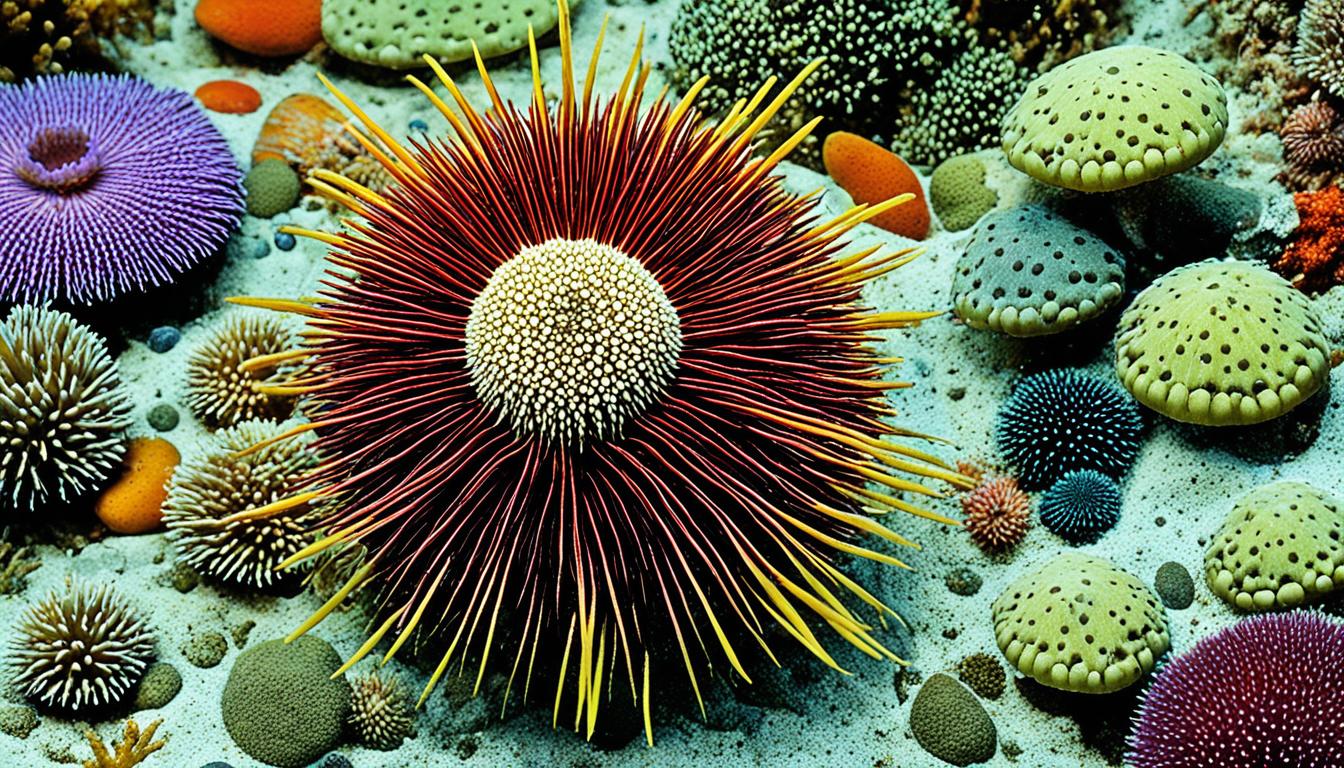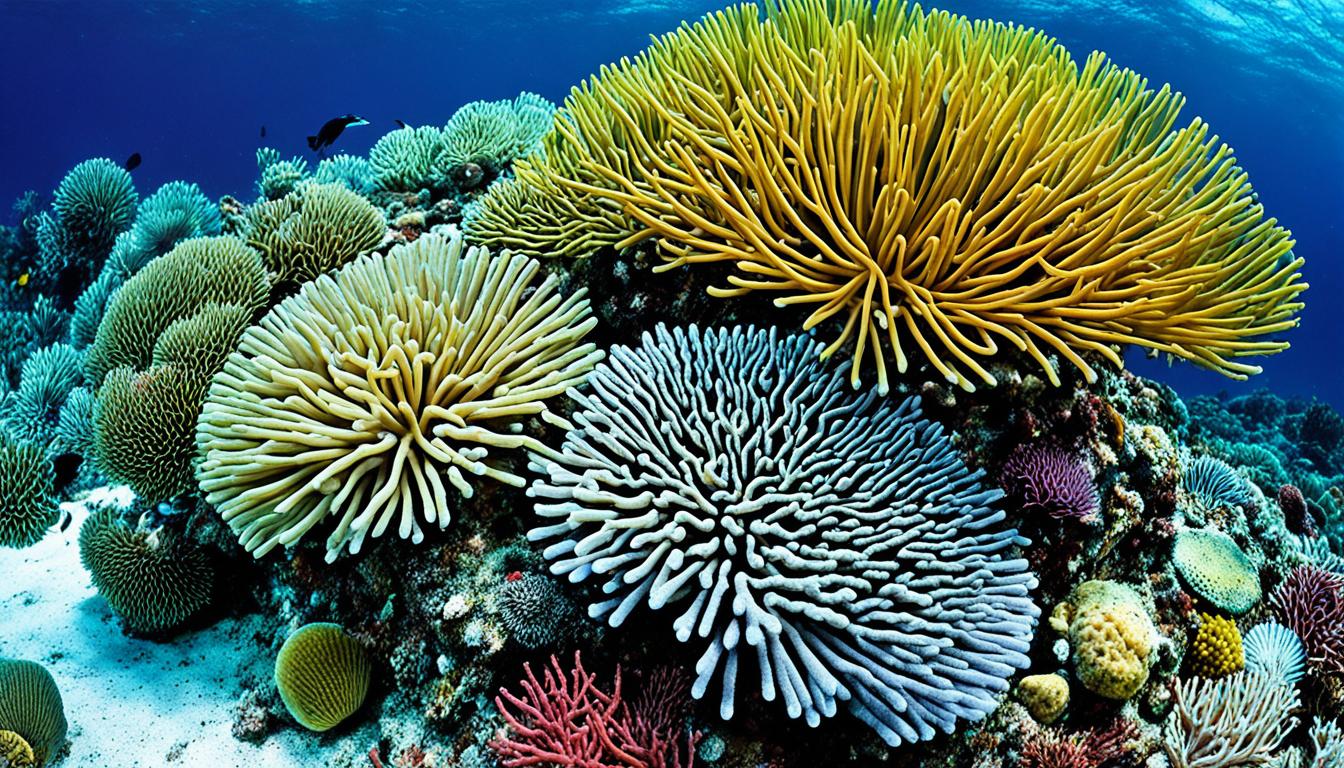Have you ever wondered if the cute koala could live in the United States’ forests? They are often seen in Australia’s green backdrops, sparking curiosity worldwide. Are these lovable marsupials found wild in America’s forests, or are they only in zoos?
Looking at history and how zoos work now gives us some clues. While it would be thrilling to see a koala in the wild in the U.S., they actually live in Australia. In the U.S., you mainly see koalas in zoos, not in nature.
Introduction to Koalas
Koalas are a key part of any talk on unusual wildlife. Some myths cause people to misunderstand them. Yet, many know them for their cute looks and one-of-a-kind actions.
What are Koalas?
Koalas are special tree-dwelling animals from Australia. Though they might look like bears to some, they’re not. They’re famous for their soft ears and flat noses. The San Diego Zoo even has a long history with koalas, starting in 1925.
Native Habitat of Koalas
Koalas belong in the wilds of Australia, not the USA. Their home is the eucalyptus forests in the east and southeast. There, they enjoy over 600 types of eucalypt trees.
Typical Behaviors and Diet of Koalas
Koalas like the night and being alone most of the time. They eat only eucalyptus leaves, munching through a kilogram a day. Because these leaves aren’t very nutritious, koalas rest for about 18 to 22 hours daily.
Koalas in Australia: The Natural Habitat
To truly value koalas, we must know about their home in Australia. They hail from Australia and thrive in the east and southeast.
Koala Population in Australia
Koalas can be found across several states, notably in Queensland, New South Wales, Victoria, and South Australia. Understanding where they live is vital to saving them.
“Koalas have distinct home ranges and are predominantly found in eucalypt woodlands, where they spend most of their time resting and eating.”
Threats to Koalas in Australia
But their natural homes face huge problems. Development, wildfires, and a changing climate hurt their numbers. 2019-2020 was especially hard, with many koalas losing their lives and homes.
Conservation Efforts in Australia
Today, there’s a big push to save koalas in Australia. Many groups, including the government, are working hard. They’re restoring habitats, passing laws, and even breeding new koalas to help. Efforts from around the world, like in the US, add a lot of help too.
| State | Estimated Koala Population | Major Threats | Conservation Initiatives |
|---|---|---|---|
| Queensland | 20,000-50,000 | Urbanization, bushfires | Habitat restoration, legal protections |
| New South Wales | 15,000-30,000 | Bushfires, disease | Breeding programs, medical care |
| Victoria | 20,000-40,000 | Climate change, deforestation | Awareness campaigns, habitat expansion |
| South Australia | 5,000-10,000 | Habitat loss, predation | Predator control, funding initiatives |
Wild Koalas in the USA: Myth or Reality?
Many find the idea of wild koalas in America charming. But we need to look at historical and current facts to know the truth.
Historical Presence of Koalas in the USA
There’s no evidence that wild koalas ever lived in the USA. The idea of them being native here is false. Records show koalas were only in controlled places, like zoos and private collections.
Current Koala Habitats in the USA
Today, koalas in America are only in zoos. Places like the San Diego Zoo try hard to make their habitats feel like Australia. They control the temperature and give them the right food, trying to make their home comfortable.
Zoos Hosting Koalas in America
When you think about *koala habitats in American zoos*, the San Diego Zoo stands out. It has the largest koala population outside of Australia. This zoo runs a successful breeding program and teaches visitors about these unique animals.
The San Diego Zoo’s Koala Population
The *San Diego Zoo koalas* highlight the zoo’s hard work. The zoo focuses on mimicking their natural home for these koalas. They get fresh eucalyptus daily, and this care shows in their breeding success.
Other Zoos with Koala Habitats
Other US zoos, like those in Florida, California, and Ohio, provide homes for koalas. They recreate the moist, temperate climates that koalas love. Ohio does this particularly well, demonstrating excellent care for the animals.
Requirements for Koala Habitats in Zoos
Creating *koala habitats in American zoos* is specific and based on Australian guidelines. Habitats must be spacious, have the right plants, and offer a diet of eucalyptus. These settings help koalas feel at home and stay healthy.
Are there wild koalas in the USA?
The question, “Are there wild koalas in the USA?”, is fascinating for nature lovers. However, evidence shows koalas are not found in the wild in American forests. They mainly live in controlled places like zoos.
Koalas are originally from Australia. In the USA, they are mostly in zoos. Zoos work hard to make sure these animals are healthy. They create homes for them that are like their natural environment. The San Diego Zoo is known for taking great care of koalas.
When we think about koalas in American wildlife, we have to remember humans help them live in the U.S. The fact that there are no wild koalas in the USA shows we need to protect nature. This is important everywhere, not just in the USA.
Koala Conservation Programs in the United States
Koala conservation programs in the USA are key in protecting these marsupials. The San Diego Zoo’s Koala Loan Program stands out. It’s a vital part of American support for koala populations.
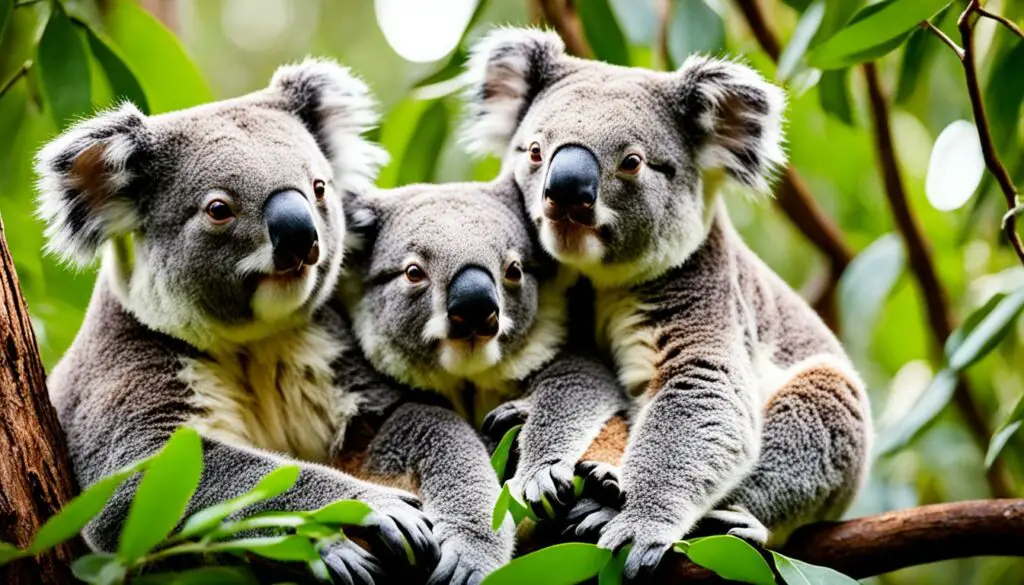
The San Diego Zoo’s Koala Loan Program
The San Diego Zoo’s Koala Loan Program started in 1983. It’s a leading effort in the U.S. to protect koalas. This program is about sharing koalas with other zoos to boost interest in wildlife conservation.
The San Diego Zoo makes sure each zoo follows strict rules for the koalas’ care. This focuses on their well-being and getting them used to their new homes.
Impact of U.S. Conservation Programs on Koalas
Koala conservation in the USA helps beyond its borders. Money coming from the San Diego Zoo’s program helps koalas in Australia. This support from across the world aids in research, restoring habitats, and protecting koalas from dangers.
Challenges and Risks Facing Koalas in Captivity
Koala captivity challenges are complex. They require serious attention to keep these wild animals healthy. When out of their natural homes, koalas face many health dangers.
Getting the right food is hard for koalas. They eat mostly eucalyptus leaves. These leaves are tough to find and need special care to be good for koalas. Having fresh eucalyptus is key for these animals in captivity.
Stress is a big issue too. Koalas are picky about their space and friends. Being in a small area can make them very stressed. This stress can make them sick. It’s vital to give them a lot of room and activities that remind them of their wild home.
Understanding how life in captivity compares to their natural one is crucial. This view helps us focus on what’s most important for koalas’ well-being.
| Factors | Impacts | Mitigation Strategies |
|---|---|---|
| Diet | Maintaining proper nutrition | Ensure a steady supply of fresh eucalyptus |
| Stress | Behavioral issues, health decline | Provide enriching and naturalistic habitats |
| Social Dynamics | Aggression and isolation risks | Careful monitoring, and separation when needed |
Meeting koala captivity challenges head-on asks for a lot of work and money. Zoo parks and other institutions can help these animals live better. This is done by caring for their bodies and minds through proper solutions.
Role of U.S. Zoos in Koala Conservation
U.S. zoos are key in saving koalas. They work hard to teach people, make people care, and find money for koala protection. This helps koalas live on, both in the U.S. and in Australia.
Education and Public Awareness
U.S. zoos are big on teaching about koalas. They have shows and displays that let folks learn about what koalas do, eat, and struggle with. They mix in talks about saving them, too.
Fundraising and Support
Raising money is a big deal for saving koalas. U.S. zoos hold fun events like races and auctions. All the cash goes to making good homes for koalas and helping with their health.
Learning at U.S. zoos, giving money, and talking about koalas helps keep them safe. Joining these efforts lets you help make sure koalas have a bright future.
How You Can Help with Koala Conservation
Your help can truly change the game for koalas. There are many powerful ways to contribute to koala conservation. Each lets you assist in making sure these special animals are safe.
- Donations: Giving money to koala-focused groups is a big help. This money goes towards fixing their homes, giving them medical help, and other important things they need to survive.
- Adopt a Koala: You can virtually adopt a koala through some programs. The money raised helps protect koalas. It also helps take care of them, whether in the wild or safe areas.
- Engage with Zoos: Joining in on zoo events can teach you a lot about koala protection. Often, these activities also raise money for protecting koalas.
By doing these things, you are not just helping aid koala protection efforts. You are also playing a role in giving koalas a better future in their own homes. This way, more people in the future can enjoy these amazing animals.
Summary of Koala Presence in the USA
Many people are fascinated by the idea of koalas in the USA. Yet, it’s key to know they don’t live freely here. These sweet marsupials, from Australia, live in special zoos. Places like the San Diego Zoo have made homes just for them.
Zoos in the US take great care of their koalas. They make sure the koalas eat well, mainly eucalyptus leaves. The zoos try to make the koalas feel at home, like they would in Australia. This care is complete, covering everything from what they eat to who they hang out with.
Thanks to US zoos’ hard work, we get to see koalas up close and learn about them. Also, these zoos help koala conservation around the globe. When we learn about how koalas are looked after in the USA, we start to value these zoos. They play a big part in keeping koalas safe, even if they’re far from where they normally live.
